By Bob Hicks
Breaking theater protocol, Mr. Scatter leaned toward the LLSB* as the show was running and whispered: “She’s like Reese Witherspoon in Legally Blonde.”
 This nugget of cross-genre enlightenment was met with less than enthusiastic acknowledgement because (a) for the LLSB, who was born in 1994, the 2001 movie Legally Blonde almost counts as prehistory; and (b) the LLSB was deep in the pleasures of the megamusical Wicked and did not wish to be distracted by parental interference.
This nugget of cross-genre enlightenment was met with less than enthusiastic acknowledgement because (a) for the LLSB, who was born in 1994, the 2001 movie Legally Blonde almost counts as prehistory; and (b) the LLSB was deep in the pleasures of the megamusical Wicked and did not wish to be distracted by parental interference.
Yes, Wicked. For the second time in a month (after a surprise Valentine’s Day encounter with Disney’s Beauty and the Beast) Mr. Scatter found himself in the unusual position of attending a touring version of one of those great big overblown kids’ shows of an expense-account mainstream Broadway musical. The LLSB has developed into an MFMT – a Major Fan of Musical Theater – and Mr. Scatter considers it his bounden duty to feed the appetite as generously and frequently as possible. After all, it may well do more for the lad than pre-calculus or physics in the long run of his life.
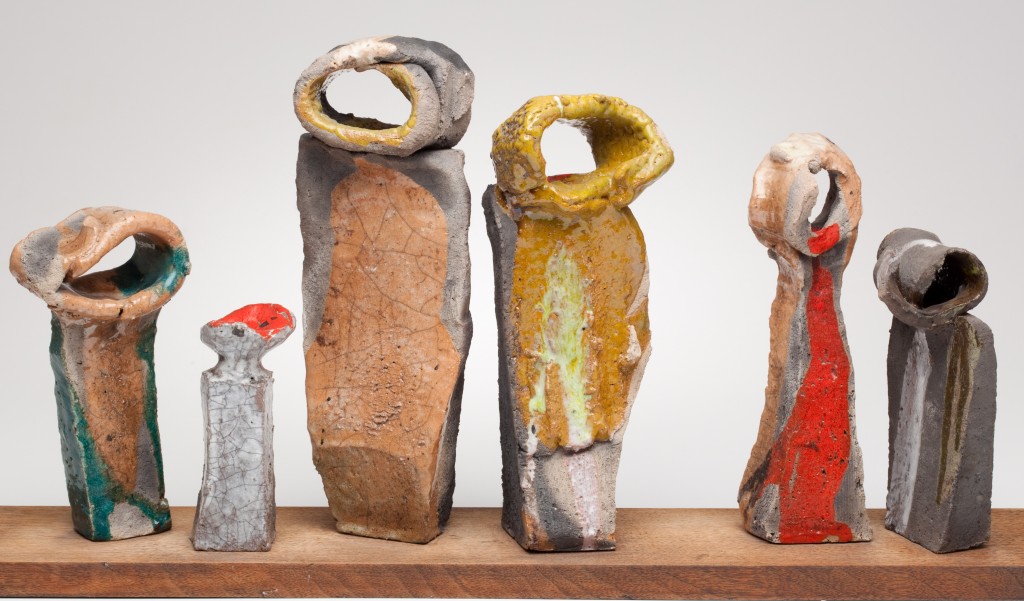
 For Portland’s scrappy
For Portland’s scrappy 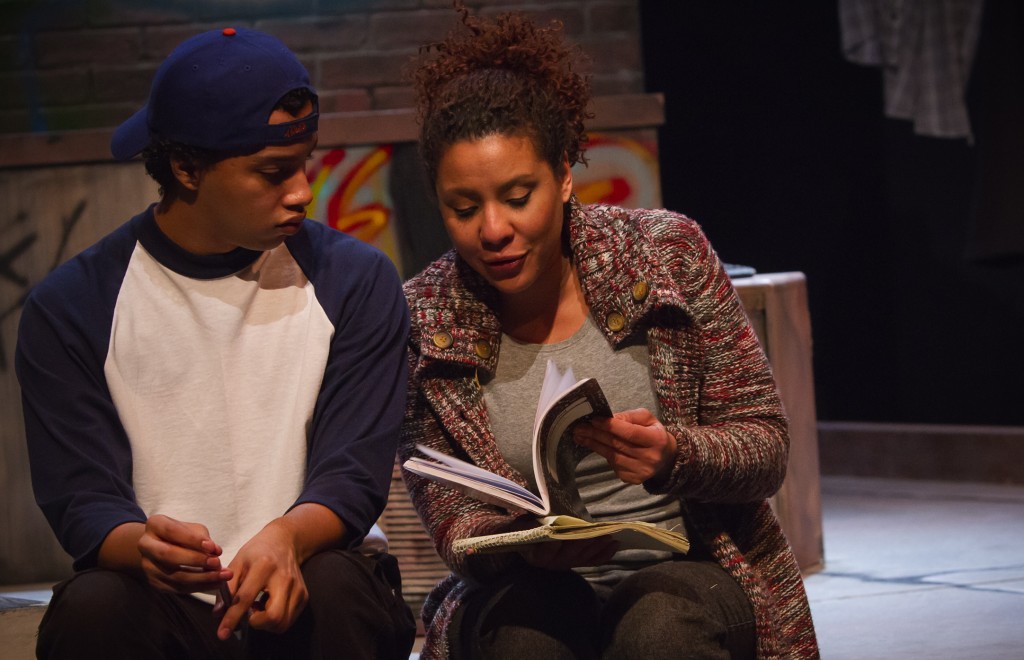
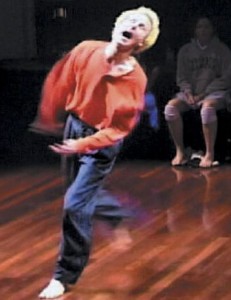 The performances he took in were 4 Men Only at Conduit and Troika Ranch’s Enter Comma Prepare at Reed College’s Kaul Auditorium. He then posted his thoughts on
The performances he took in were 4 Men Only at Conduit and Troika Ranch’s Enter Comma Prepare at Reed College’s Kaul Auditorium. He then posted his thoughts on 

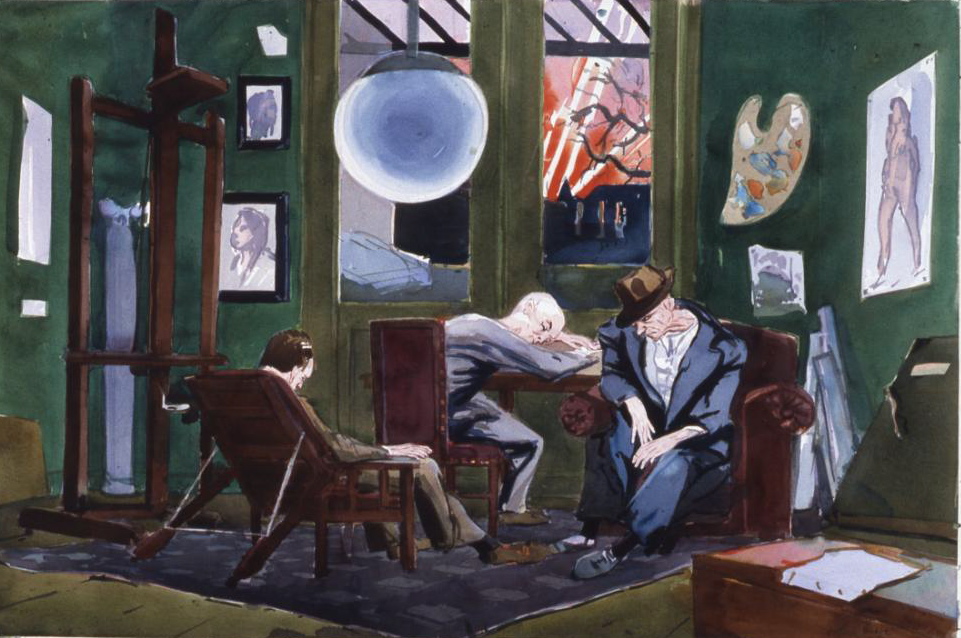
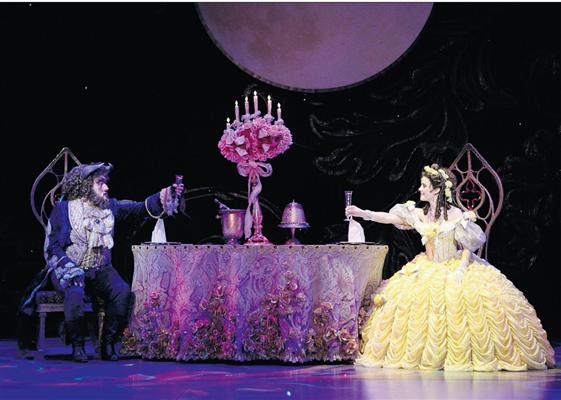
 I’ve posted
I’ve posted